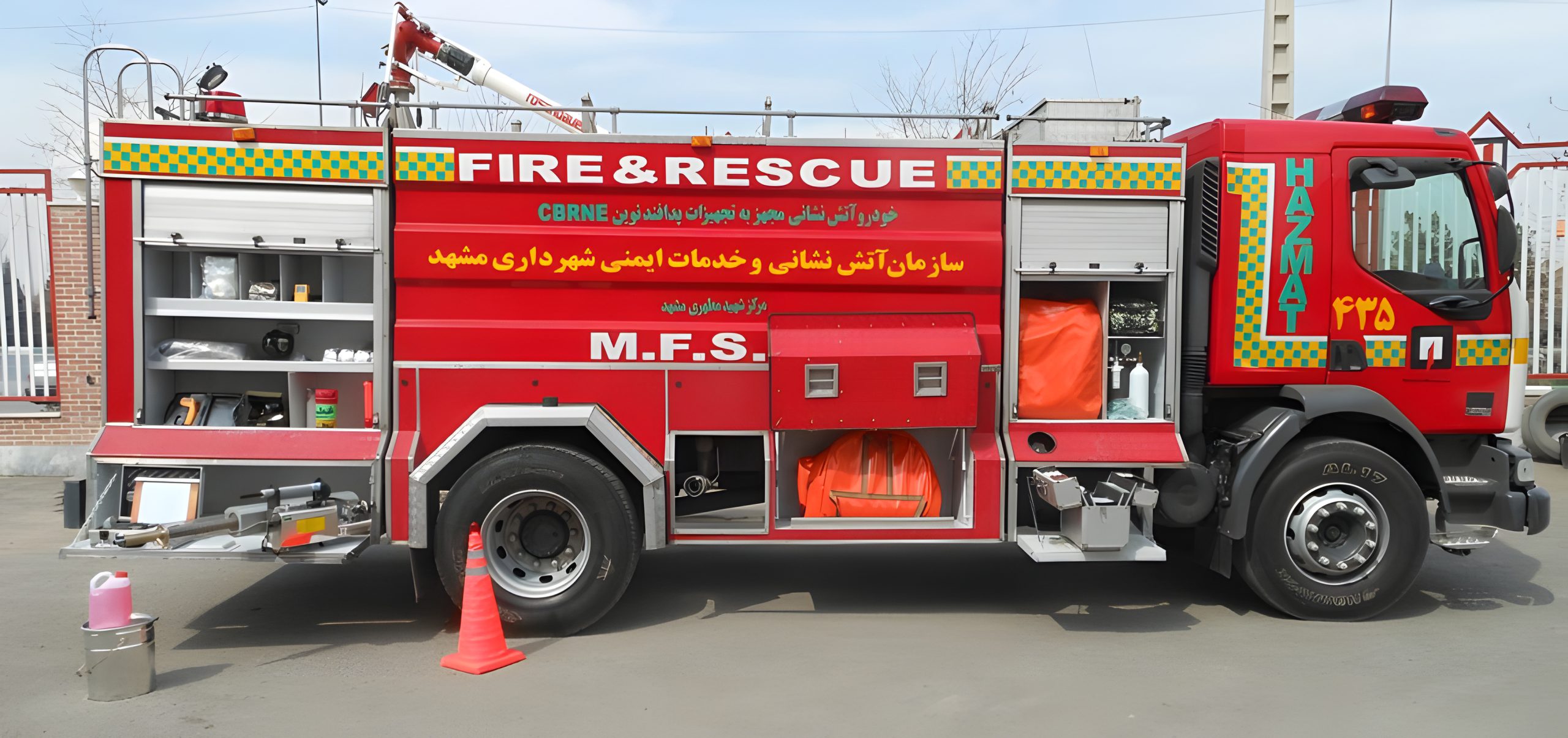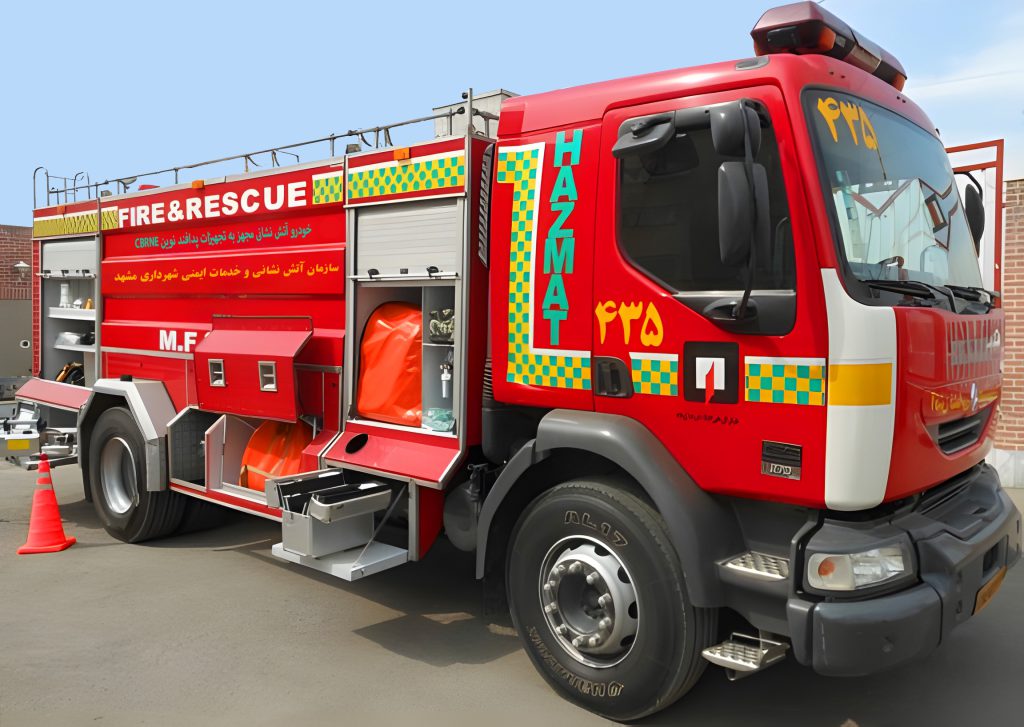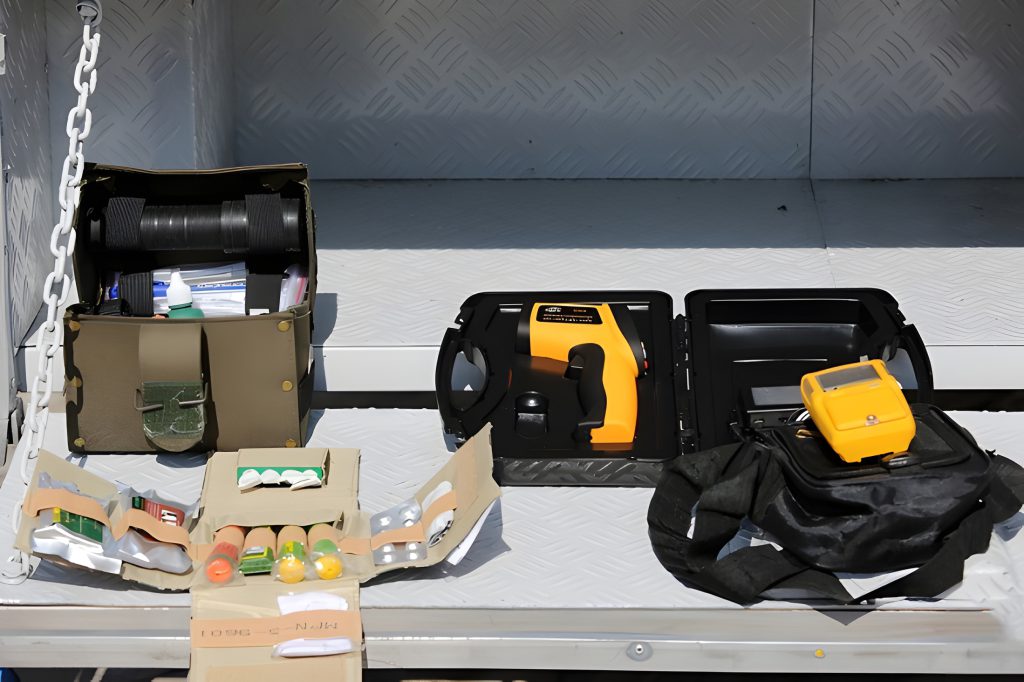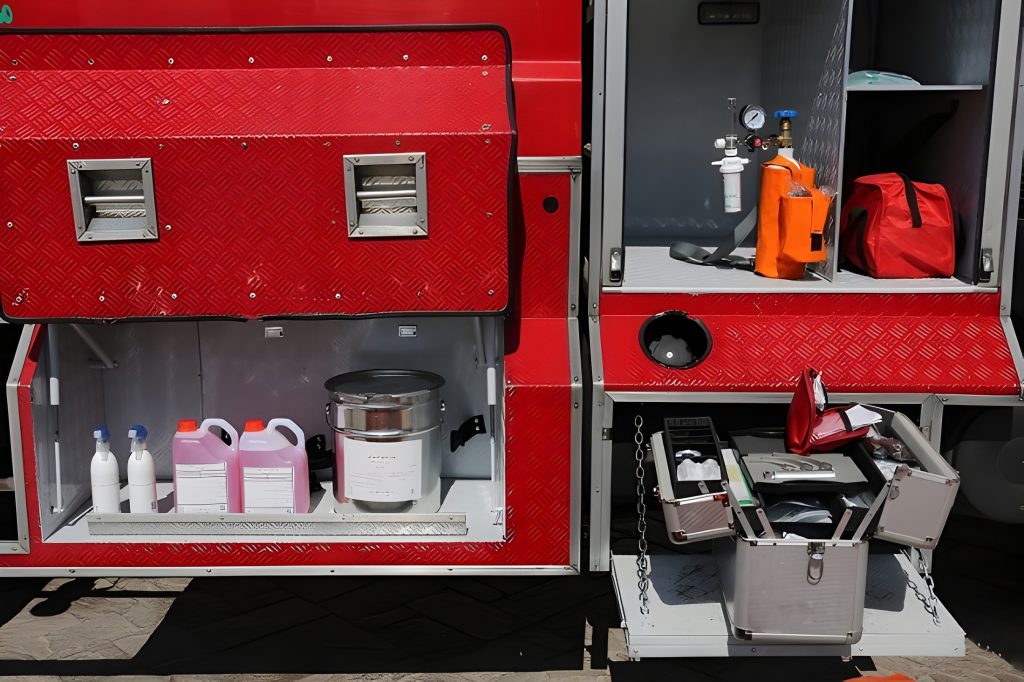Milad Daru Hazmat Fire Brigade is classified into five CBRNE (biological, radiological, nuclear and explosive chemicals) and falls into 9 danger classes according to the DOT classification. These materials may come with features including:

Explosion, flammability, reactivity, oxidizing, toxicity, infectious, corrosive and radioactivity damage property health and the environment. These materials can be released as a solid, liquid, gas or a combination of both, including dust (particles), smoke, gases and steam.
The release of these substances can lead to problems and accidents small and large as local and even global crises. These accidents may have serious consequences for the health of humans, animals and the environment, causing serious damage to buildings, homes, property, and the environment.Accidents do not occur on a daily basis, but if they happen, they may have serious consequences, such as accidents in Iran such as the Neyshabur train accident, petrochemical accident, Arak petrochemical accident, chlorine gas leak in Ahvaz and in different countries such as the Basel Swiss Felix incident, Boro Mayak in the Soviet Union and Sarin gas spill in Tokyo. Aid vehicle equipment and paramedics to CBRNE defensive items as a defensive measure if necessary effectively protects rescuers to assist special injured and optimal control of possible conditions.

The equipment needed to protect aid workers in the face of CBRNE incidents include:
Special kits and medicines: Includes medicines, basic medical equipment and special tools for treating and controlling epidemics.
Personal Protective Equipment: Including clothes, masks, glasses and special gloves to prevent direct contact with hazardous substances.
Accident Sampling Equipment: Includes sampling devices to analyze and identify hazardous substances in the environment.
Environmental pollution removal equipment: Tools and chemicals to clean and remove environmental pollutants caused by hazardous substances.


Transferring infected patients to health centers with safety principles: Includes special means of transportation to transport the injured to medical centers without increasing the risks to others.
Environmental Defense and Relief in CBRNE: Performing Rescue and Protection Operations in Hazardous Substances Contaminated Environments.
Disaster Relief and Defense in CBRNE: Providing medical and rescue services to the injured in hazardous substances contaminated environments.
Military Relief for Patients in the Face of an Epidemic: Specific Measures and Equipment to Control and Prevent Disease Spread Across the Population.